Name Janos Szentagothai | Role Anatomist | |
Born 31 October 1912Pestujhely, ( 1912-10-31 ) Notable awards Member of Hungarian Academy of SciencesFellow of the Royal Society Books Atlas of Human Anatomy: Nervous System · Angiology · Sense Organs People also search for Miklos Palkovits, Bela Halasz, Jozsef Hamori | ||
Prof janos szentagothai in the memory of his pupils
János Szentágothai FRS (31 October 1912 – 8 September 1994) was a Kossuth Prize-winning Hungarian anatomist, Professor, Member of Parliament, and President of the Hungarian Academy of Sciences. Anthony G. doctor and grandson of Alexander Lumniczer (whose uncle was Schöpf size, Augustus), great-grandson of a doctor. The general assembly of UNESCO decided the year 2012 to be dedicated to honour the 100th birthday of János Szentágothai.
Contents
- Prof janos szentagothai in the memory of his pupils
- Biography
- Family
- Academic career
- Public career
- Main works
- Awards and recognition
- References
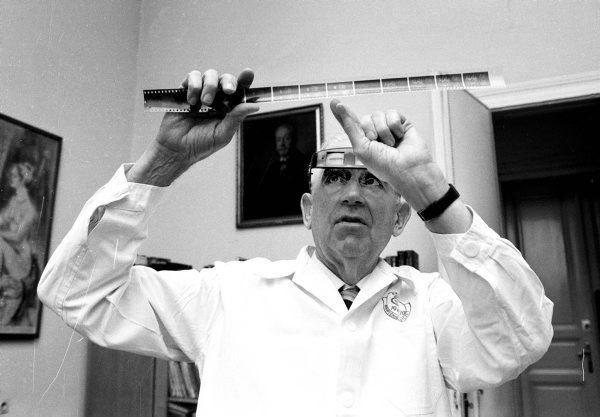
Biography
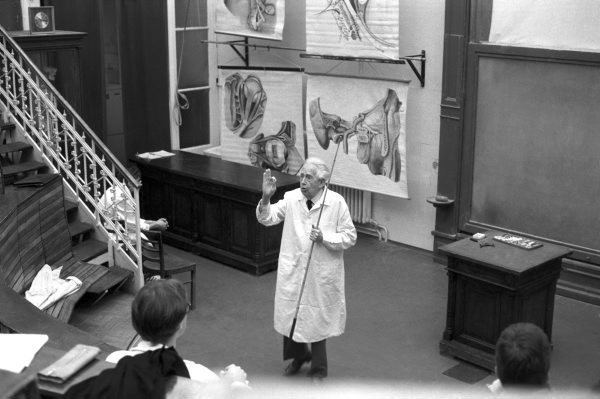
He was born Janos Schimert, in Budapest in 1912, to Dr Gustav Schimert and Margit Antal, in a family of doctors. He was descended from Transylvanian Saxons on his father's side and Hungarians on his mother's side. He was admitted to the German grammar school in Budapest in 1930, and was admitted to the Peter Pázmány University Medical School. Four brothers also studied in the same place. Doctors was inaugurated in 1936.
Family
On 7 June 1938 he married Alice Biberauer, who he met in the Pro Christo Student Association. They had three daughters, Catherine (1939), Clare (1941) and Maria Christina (1951), all three of whom entered the medical field. John Szentágothai four doctor's brother lived in the United States and Germany, children are only a chosen medical field. In his free time with pleasure fumbling with in Révfülöp weekend on the same property with plants.
Academic career
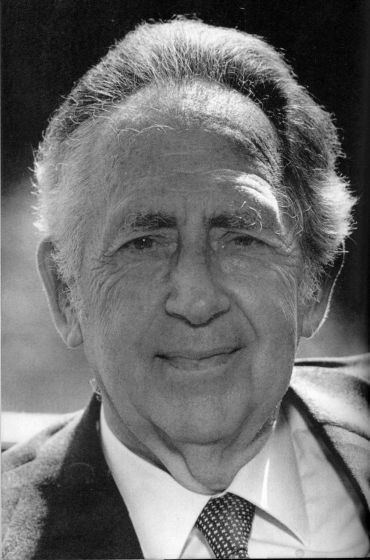
Schimert started his medical studies at the Budapest University Medical School in 1930, and was accepted in the first year by Professor Mihály Lenhossék as a research student in the Department of Anatomy. He received his MD in 1936 and continued to teach at Budapest, becoming Associate Professor in 1942. During the Second World War (karpaszományos) was a physician, airman, was taken prisoner of war, which came back in 1946. Added Pécs University Medical School, where he was appointed Head of Department anatomy. After the war department after restarting the vestibular system and dealt with the topic of neuroendocrinology. During his school in Pécs creative work in the field of neuroanatomy. In 1948 he was elected a corresponding member of the Hungarian Academy of Sciences. In 1961, he started the department of electron microscopy in brain research in our country.
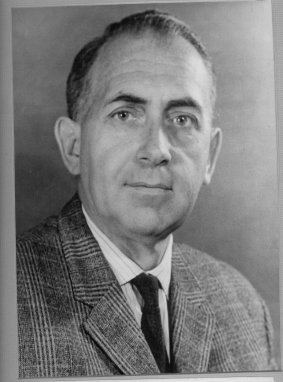
In 1963, he returned to Budapest, Semmelweis University School of Medicine Department of Anatomy took over the leadership. There are mainly the cerebellum and cerebral cortex functioning addressed. In addition, he performed experimental research on the spinal cord and brainstem reflex mechanisms. In 1967 he was elected a full member of the Hungarian Academy of Sciences. He headed the department until 1977, and in 1986 officially retired from teaching. Ferenc Kiss of the most famous scientific work produced by the human anatomy atlas, drew his textbook, which was translated into thirteen languages and more than a hundred editions. He proclaimed that half the age of most of the people speaking the development of one and a half years of age, and it will need to communicate is the most important factor.
Public career

In 1956 Pécs was chairman of the Revolutionary Committee of Intellectuals. The public life and returned only in 1973, when he was elected vice-president of the Hungarian Academy of Sciences. Four years later he became president of the scientific public body, and therefore left the position of head of department. In 1985, he left there when parliamentarian and member of the Presidential Council of the Hungarian People's Republic was (later a member of its abolition). Szentágothai John and his wife's grave in Budapest.
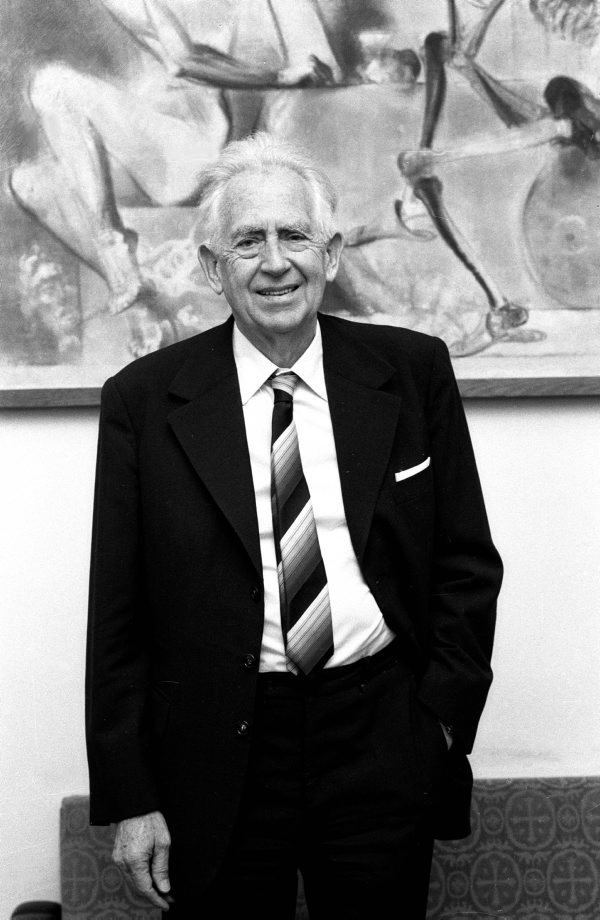
Involved in the work of the Hungarian Democratic Forum during the transition. In the 1990 parliamentary elections, changing party system has the colors of its national list seats gained. She was a member of the Foreign Affairs Committee. He died a few months after the end of the cycle.
